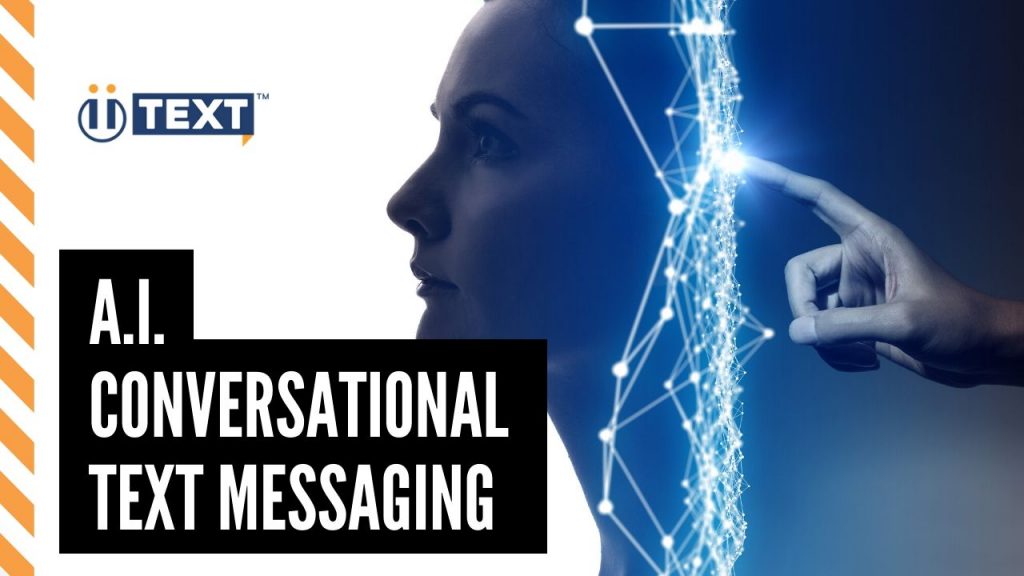Though there are many different platforms for Chatbots such as Facebook Messenger or WhatsApp, SMS (text messaging) is still the ultimate platform when it comes to chatbots. Because there are so many different messaging services now and it’s impossible to know which one your customers prefer, SMS is the safe option since virtually everyone is familiar with the concept of sending a text through their mobile phone provider.
SMS also boasts the highest response rate for messaging services. So if you’re going to deploy an SMS chatbot to assist customers, here are a few best practices to keep in mind.
When your customers engage with your chatbot via SMS, it should be immediately clear (either by telling them directly or by just making it very obvious) that they are in fact texting a chatbot and not a real person.
Additionally, customers should know what they can expect the bot to do and what they shouldn’t expect the bot to be able to do. Research suggests that people are more understanding of a failed chatbot interaction when they have clear and realistic expectations going in. On the other hand, if it’s hard to distinguish between chatbot and human customer service representative customers are more likely to grow frustrated when a chatbot fails to understand seemingly simple requests or questions.

Make sure to implement a number of friendly denials and error messages. Better for the chatbot to be upfront in stating that it doesn’t understand or can’t assist with a specific issue than to have the chatbot and customer run around in circles getting nowhere.
Along with that fail-safe, make it as easy as possible for the customer to get connected with a live person when a chatbot is failing to assist the customer. A well-programmed chatbot can often connect the customer to the appropriate customer service agent even if it can’t understand how to answer the customer’s question itself. Don’t make the customer listen to several options and waste precious time like many automated phone response systems do.
Where chatbots excel is in freeing up human customer service agents by tackling the easier issues. When programming a chatbot for your business’s customer service needs, think about the issues and questions your customers are most likely to call in with. If your chatbot is efficient at recognizing and appropriately responding to the most frequently asked questions, that’s going to be a lot more helpful than anything else.
Too many businesses are caught up in making their chatbots more personable or chatty like human customer service agents would be. As it turns out, customers usually don’t respond well to more life-like chatbots. For one, it blurs the line between human and computer and it sometimes creates unrealistic expectations for chatbots as mentioned above.
Also, people prefer their chatbots to sound like bots. It’s unsettling to know you’re talking to a computer when it sounds so much like a real person. So just focus on designing a bot that’s quick, efficient, and has a neutral but pleasant tone.
Discover how Equiitext will enable your business to have engaging conversations with you customers with our patented AI messaging platform! Create your Business Messaging Account.